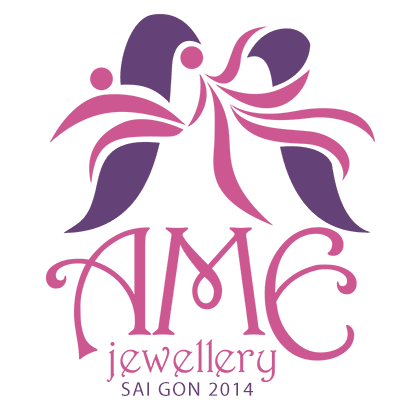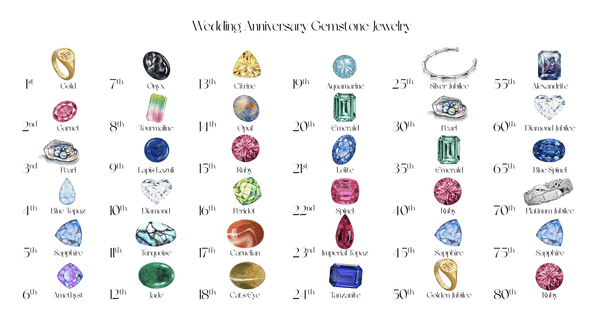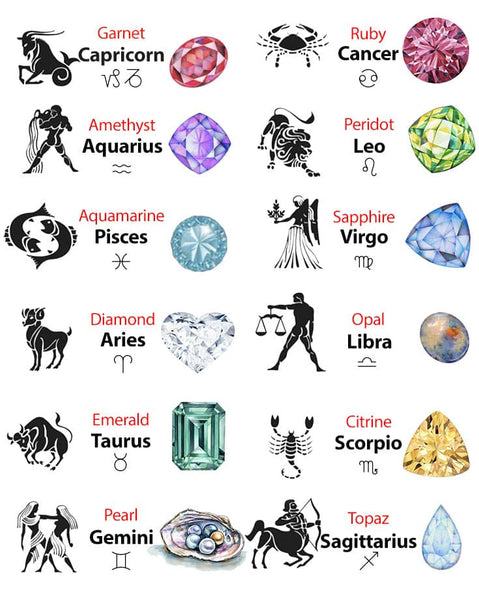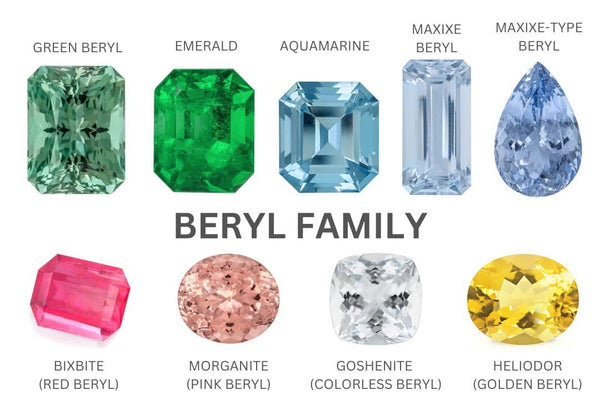TYPES OF PEARL
Pearl is a beautiful and unique piece of jewelry that has been every woman's favorite for years.
There are four types of pearls:
- Freshwater Pearl
- Saltwater Pearls: South Sea Pearl, Tahitian Pearl, Akoya Pearl
They differ in color, size, and shape based on the variety of the mollusk, the growing conditions, harvesting techniques, and many other factors.

SALTWATER PEARLS
White South Sea Pearl - Queen of Pearls

Exceptionally rare, naturally beautiful. Unrivalled in size, nacre quality, natural colour and natural lustre. Explore the world of Australian South Sea Pearl and understand what makes each so rare and valuable. The Australian South Sea pearl oyster (Pinctada maxima) is the largest and rarest of all pearl oysters and produces the largest and most valuable of all pearls.
- Mollusk type: Pinctada maxima oyster, primarily silver lip oysters.
- Pearl origin: Australia, Indonesia
- Pearl size: Typically 10-16mm, with rare examples exceeding 20mm
- Pearl color: White, White-Rose, Light-Cream, Blue-White
DISCOVER OUR COLLECTION - LEARN MORE
Golden South Sea Pearl

Golden South Sea Pearls were found all along the coast of Indonesia, Papua New Guinea, Philippines and Myanmar. Gold-lip South Sea oysters create pearl that range in colors from bright white to deep gold and feature champagne and yellowish hues. The large, perfectly round and flawless golden South Sea Pearls are exceptionally rare pearls and are considered one of the most valuable pearls in the world.
- Mollusk type: Pinctada maxima oyster, primarily gold lip oysters.
- Pearl origin: Indonesia, Papua New Guinea, Philippines and Myanmar.
- Pearl size: Typically 8-14mm.
- Pearl color: Pearl color: Champagne, Gold, Green/Bronze, Rose Gold
DISCOVER OUR COLLECTION - LEARN MORE
Tahitian Pearl - Black South Sea Pearl

From the islands of the Pacific Ocean, the Tahitian Pearl is captivating with its legendary black and blue luster.
- Mollusk type: Pinctada margaritifera oyster
- Pearl origin: Tahiti, French Polynesia, Marshall & Cook Islands, Solomon Islands, Fiji.
- Pearl size: Typically 8-13mm, with rare examples up to 18mm
- Pearl color: Peacock, Green, Black Green, Dark Black, Eggplant / Aubergine, Blue, Grey.
DISCOVER OUR COLLECTION - LEARN MORE
Akoya Pearl - Traditionally White Pearl

Small and iconic, Japan's Akoya sea pearls are recognized worldwide for their small pearls of great luster and long history. Akoya pearl colors range from white, cream and pink to silvery pink. Akoya is the smallest pearl in the world.
- Mollusk type: Pinctada fucata oyster (Akoya)
- Pearl origin: Japan, China, Vietnam
- Pearl size: Typically 5-8mm, with rare examples exceeding 12mm
- Pearl color: White (Rose, Cream, Silver), Blue, Gold, possibly Black once treated.
DISCOVER OUR COLLECTION - LEARN MORE
Freshwater Pearl
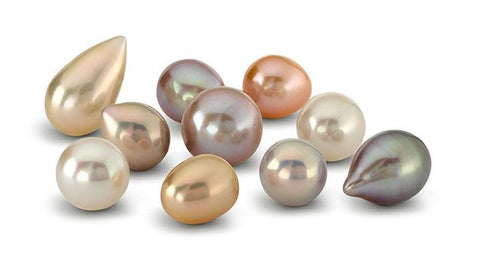
Freshwater Pearl is the only type of pearl cultured in freshwater, mainly in the vast lakes and ponds of China, and yields are limited in Japan and the United States. High productivity and production make Freshwater Pearl cultured at a low price and become the most popular in the jewelry industry around the world, an opportunity for those who want to own round pearls. Nice with a reasonable budget.
- Mollusk type: Hyriopsis cumingii, or hybrid
- Pearl origin: China, Japan, USA
- Pearl size: Production generally between 3-15mm
- Pearl color: White, Cream, Pink, Lavender & Peacock, possibly Black once treated.
DISCOVER OUR COLLECTION - LEARN MORE
Natural Pearls and Cultured Pearls
Wild Natural Pearls
The exact cause that results in the formation of a natural pearl is not fully understood. It was once believed that natural pearls formed in response to a foreign substance (for example, a piece of grit) making its way into the shell of the oyster. Initially it was believed that the oyster coated the invader in layers of nacre as a 'defence mechanism' to protect itself from the substance. While this may be the case in rare examples, research in recent years suggests that natural pearls may actually occur more spontaneously and inexplicably - further adding to their mystique. What we can say is that a natural pearl is one that is formed in nature, without any human intervention. The result is a pearl with a unique combination of size, shape and colour.
Cultured Pearls
The growth of cultured pearls requires human intervention and care. Today, most of the mollusks used in the culturing process are raised specifically for that purpose, although some wild mollusks are still collected and used.
To begin the process, a skilled technician takes mantle tissue from a sacrificed mollusk of the same species and inserts a shell bead along with a small piece of mantle tissue into a host mollusk’s gonad, or several pieces of mantle tissue without beads into a host mollusk’s mantle. If a bead is used, the mantle tissue grows and forms a sac around it and secretes nacre inward and onto the bead to eventually form a cultured pearl. If no bead is used, nacre forms around the individual implanted mantle tissue pieces. Workers tend the mollusks until the cultured pearls are harvested.
In 1893, Kokichi Mikimoto successfully created the first cultured pearls.

the grafting process pearl formation in oyster
